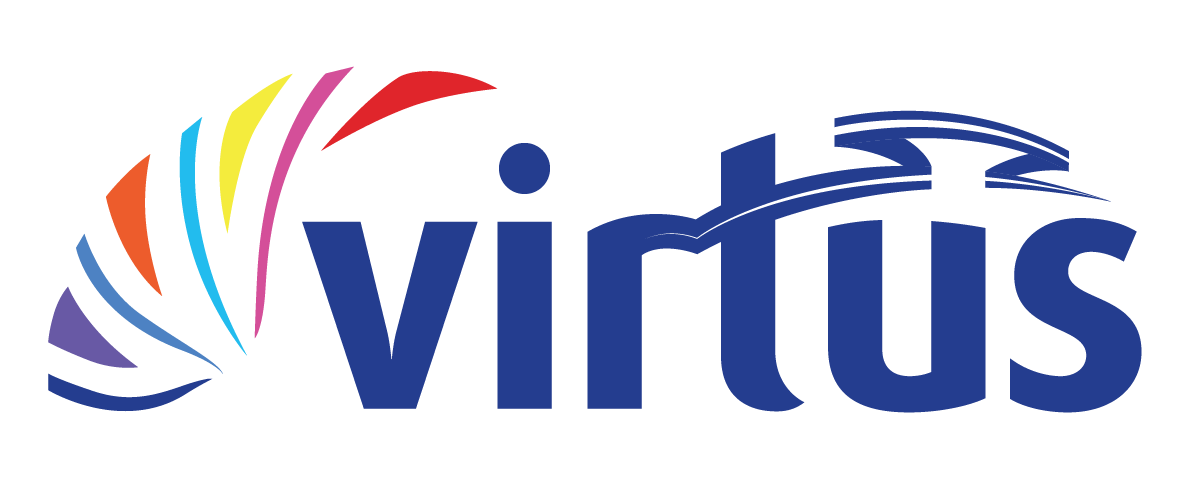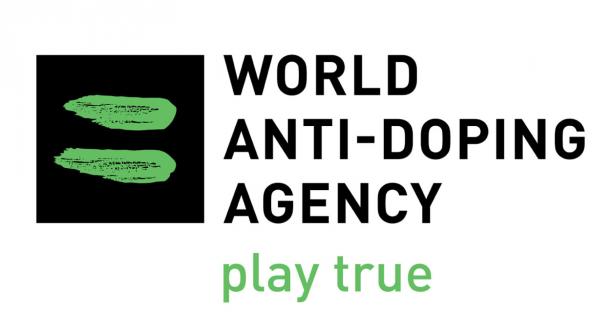2025 Prohibited list now in force
The World Anti-Doping Agency (WADA) wishes to remind stakeholders that the 2025 List of Prohibited Substances and Methods (List) and the 2025 Monitoring Program enter into force on 1st January 2025.
The List designates what substances and methods are prohibited both in- and out-of-competition and which substances are banned in particular sports.
Major modifications for 2025
As outlined in the 2025 Summary of Major Modifications and Explanatory Notes, the major modifications for 2025 include the following:
- Further examples were added to the following substance classes to help athletes and their entourage better identify prohibited substances:
- S0. Non-approved substances,
- S4. Hormone and metabolic modulators,
- S5. Diuretics and masking agents, and
- S6. Stimulants.
- The dosing intervals of formoterol have been changed, though the maximum daily delivered dose remains the same.
- Donation of blood and blood components including by apheresis are no longer prohibited if performed in an accredited collection center.
- Hydrafinil is now classified as a non-specified stimulant.
- It is clarified that guanfacine is not a prohibited substance.
- Beta-blockers are no longer prohibited in any skiing and snowboarding disciplines.
For a substance or method to be added to the List, it must be determined that it meets at least two of the following three criteria:
- It has the potential to enhance or enhances sport performance
- It represents an actual or potential health risk to the athletes
- It violates the spirit of sport
Ultimately, athletes are responsible for prohibited substances found in their body and prohibited methods found to have been used. Members of an athlete’s entourage are also liable for Anti-Doping Rule Violations if determined to be complicit. Consequently, if there is any doubt as to the status of a substance or method, it is important that they contact their respective Anti-Doping Organizations (International Federation or National Anti-Doping Organization) for advice.
The Therapeutic Use Exemption Program
It should be noted that athletes who have a legitimate medical reason for using a prohibited substance or method that is on the List can apply for a Therapeutic Use Exemption (TUE) to determine whether they meet the criteria outlined in the International Standard for Therapeutic Use Exemptions (ISTUE). The TUE Program is a rigorous and necessary part of elite sport and has overwhelming acceptance from athletes, physicians, and anti-doping stakeholders.
The 2025 Prohibited List, the 2025 Summary of Modifications and Explanatory Notes, and the 2025 Monitoring Program are available for download on WADA’s website in English, French, and Spanish.




